In 2019, the Indian aviation industry witnessed the unfortunate demise of Jet Airways, one of its most prominent carriers. Jet Airways, which had been in operation for 26 years, ceased its flights following a refusal from lenders for emergency funding. This event marked the end of an era in Indian civil aviation, leaving its 22,000 employees in limbo and its 15% market share up for grabs by competitors. As we now reflect on this event five years later in 2024, let’s understand the reasons behind Jet Airways’ downfall, the repercussions for the aviation market, and whether there is hope for a resurrection.
The Events Leading to Jet Airways’ Collapse
In April 2019, Jet Airways flew its final flight after lenders denied the airline’s request for emergency funding. The refusal stemmed from the airline’s mounting debt, repeated failures to service its loans, and internal disagreements over the future of the company under its founder, Naresh Goyal, who owned a 51% equity stake. Despite numerous efforts, including Goyal’s resignation, the airline could not secure the necessary funding to stay afloat.
Join us on TELEGRAM for the Latest Aviation Updates fresh to your phone.

Jet Airways’ troubles were further compounded by missed payments to aircraft leasing companies, which forced the grounding of two-thirds of its 121-strong fleet in March 2019. This led to widespread cancellations and left passengers stranded. By December 2018, the airline had posted a staggering loss of ₹588 crores (approximately $86 million) on revenues of ₹6198 crores ($911 million), marking its fourth consecutive quarterly loss.
Why Did Jet Airways Fail?
Several factors contributed to the collapse of Jet Airways. Saikat Chaudhuri, Executive Director of the Mack Institute for Innovation Management at Wharton, highlighted some of the key reasons behind Jet’s downfall. India, being a highly price-sensitive market, had seen a surge in low-cost carriers (LCCs) like Indigo and SpiceJet, which aggressively cut fares to capture market share. Jet Airways, a full-service airline, struggled to compete with these LCCs, while simultaneously facing rising fuel prices and unfavorable exchange rates. The weakening of the Indian rupee further increased costs for Jet, which had significant dollar-denominated expenses due to its international operations.
Fuel taxes imposed by both central and state governments also played a role in increasing operating costs. Taxes on aviation turbine fuel (ATF) varied significantly between states, ranging from 5% to as high as 30%, making it harder for airlines like Jet Airways to compete, even if their labor costs were relatively low.

In 2007, the airlines made a strategic move by acquiring Air Sahara and launching a low-cost division called JetLite. However, this diversification led to brand confusion, as the airline operated both full-service and low-cost offerings. Jet Konnect, another budget service launched two years later, only added to this confusion. Competing in both segments without a clear strategy ultimately weakened the brand.
Jet Airways also attempted to establish a hub in Abu Dhabi, partnering with Etihad Airways, which owned a 24% equity stake in Jet. However, this move did not pan out as planned. Many of the airline’s routes were overtaken by Middle Eastern carriers with deeper pockets, who used Indian airports to funnel traffic through their hubs instead of allowing Jet to capitalize on its home market advantages.
Market Dynamics and Challenges
The Indian civil aviation market has always been challenging. With a population of over a billion people, the market is both an attractive opportunity and a minefield for airlines. While demand for air travel continues to grow, particularly on short-haul domestic routes, the intense competition from low-cost carriers made it difficult for full-service airlines like Jet to remain profitable.
By 2019, the Indian government had refused to bail out Jet Airways, citing concerns of favoritism. This stance mirrored the government’s refusal to intervene in the collapse of other airlines, such as Iceland’s low-cost carrier WOW Air, which had shut down just a month before Jet.
A similar fate had befallen Kingfisher Airlines in 2012. Despite being one of the largest players in the market, Kingfisher succumbed to financial troubles under its founder Vijay Mallya, much like Jet Airways under Naresh Goyal. Both airlines, once leaders in the Indian aviation industry, were unable to navigate the high costs, competitive pressures, and market complexities.
Could Jet Airways Have Been Saved?

As the curtains fell on Jet Airways in 2019, discussions about potential suitors emerged. The State Bank of India (SBI) led discussions with potential investors, including Etihad Airways, TPG Capital, and the National Investment and Infrastructure Fund (NIIF). These entities considered taking equity stakes in Jet to revive the airline, but a deal never materialized.
While the airline’s landing slots at key airports were one of its most valuable assets, the operational costs, leasing agreements, and brand confusion made it difficult to attract substantial investments. Leasing companies had already started grounding aircraft, and potential investors were hesitant to take on Jet’s substantial debt and operational challenges.
About Jet Airways
Jet Airways (India) Limited, trading as Jet Airways, was one of India’s leading airlines, founded in April 1992. Initially starting operations as an air taxi service in 1993, the airline transitioned into full-fledged operations in 1995. By 2004, Jet Airways expanded to international routes, and in 2005, the airline went public. In 2007, Jet Airways acquired Air Sahara, further bolstering its presence in the Indian market.
At its peak, Jet Airways held a significant 21.2% passenger market share in February 2016. The airline operated over 300 flights daily, serving 74 destinations worldwide from its primary hub at Chhatrapati Shivaji Maharaj International Airport in Mumbai and secondary hubs in Chennai, Delhi, Bangalore, Kochi, and Kolkata.

However, the airlines faced stiff competition from low-cost carriers like SpiceJet and IndiGo, which forced the airline to cut ticket prices to stay competitive. This strategy, combined with other market factors, led to steep financial losses, causing Jet Airways’ market share to decline. By October 2017, its passenger market share dropped to 17.8%, and ultimately, Jet Airways ceased operations and filed for bankruptcy in 2019.
Jet Airways Fleet (Before Bankruptcy)
| Aircraft Type | Total Aircraft |
|---|---|
| Airbus A330 | 4 |
| ATR 42/72 | 3 |
| Boeing 737 NG / Max | 15 |
| Boeing 777 | 10 |
Join us on TELEGRAM for the Latest Aviation Updates fresh to your phone.
The Aftermath and What’s Next
In the five years since the airlines ceased operations, the Indian aviation landscape has shifted significantly. Rivals like IndiGo and SpiceJet have absorbed much of Jet’s market share, particularly on international routes. Other airlines, including Emirates, British Airways, and Lufthansa, have also benefitted from Jet’s absence by increasing their flights to and from India.
For the airline employees, the shutdown was a significant blow. However, many found new jobs with other airlines that expanded their fleets to take advantage of Jet’s exit. The question now is whether Jet Airways will ever return, and if so, what it would take to rebuild the once-proud airline. According to experts like Kenneth Button from George Mason University, any potential revival of Jet would require the airline to rethink its strategy, focusing either on becoming a lean, low-cost operator or revamping itself as a smaller, premium full-service airline.
The collapse of Jet Airways in 2019 was a watershed moment for the Indian aviation industry. It highlighted the perils of operating in a highly competitive, cost-sensitive market, and underscored the challenges of mixing business models without a clear focus. While the market continues to evolve, Jet’s downfall serves as a cautionary tale for other airlines navigating the complexities of India’s aviation sector. Only time will tell if Jet Airways can stage a comeback, but its legacy as one of India’s pioneering airlines remains etched in the annals of aviation history.
Sources:
- Knowledge at Wharton
- Air Fleets
- Featured image by Allen Watkin
You might also like:
- Airbus Beluga: A Marvel of Engineering and Design
- China Airlines Strengthens Fleet with Order of Eight Additional 787-9 Dreamliners
- Boeing invented an ultraviolet wand to test surface cleaning
- EgyptAir Expands Fleet with First Boeing 737 MAX Order At Dubai Airshow 2023
- Are you dreaming of becoming a pilot? Aer Lingus & British Airways Cadet Program Paves the Way to a Flying Career
Discover more from Aviation for Aviators
Subscribe to get the latest posts sent to your email.

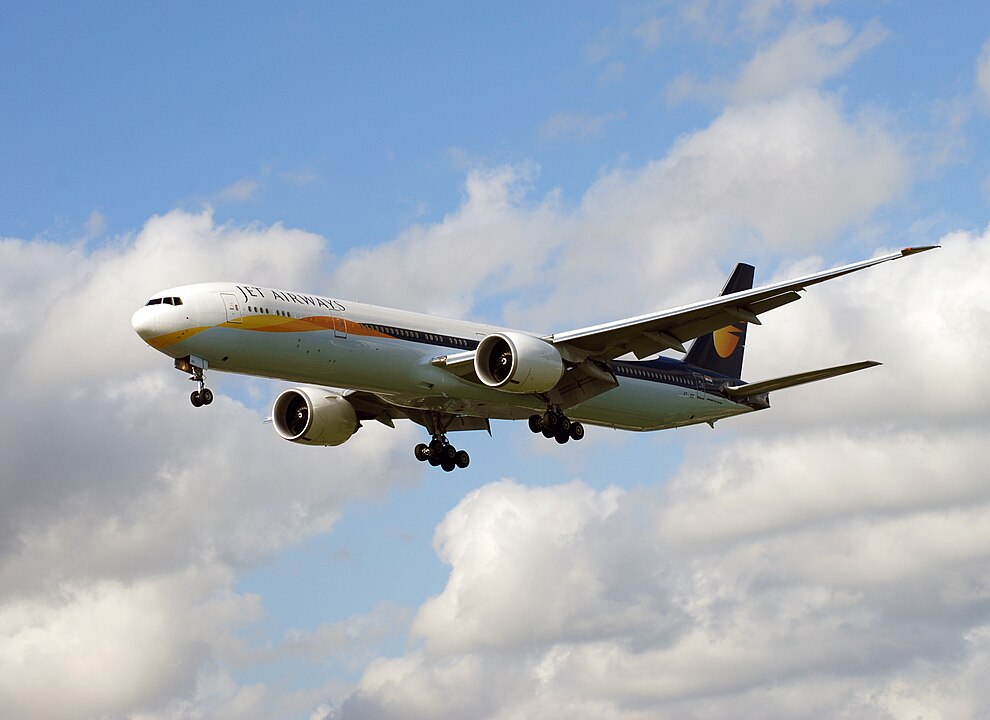


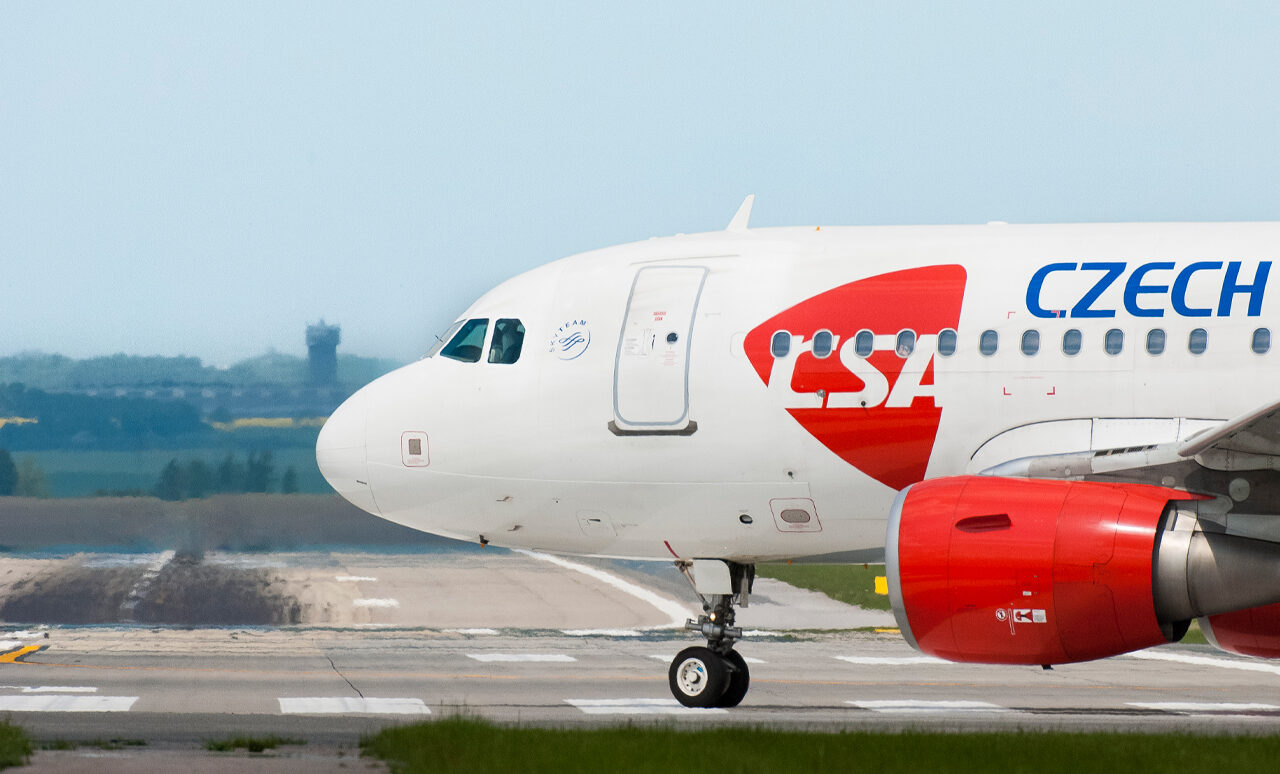

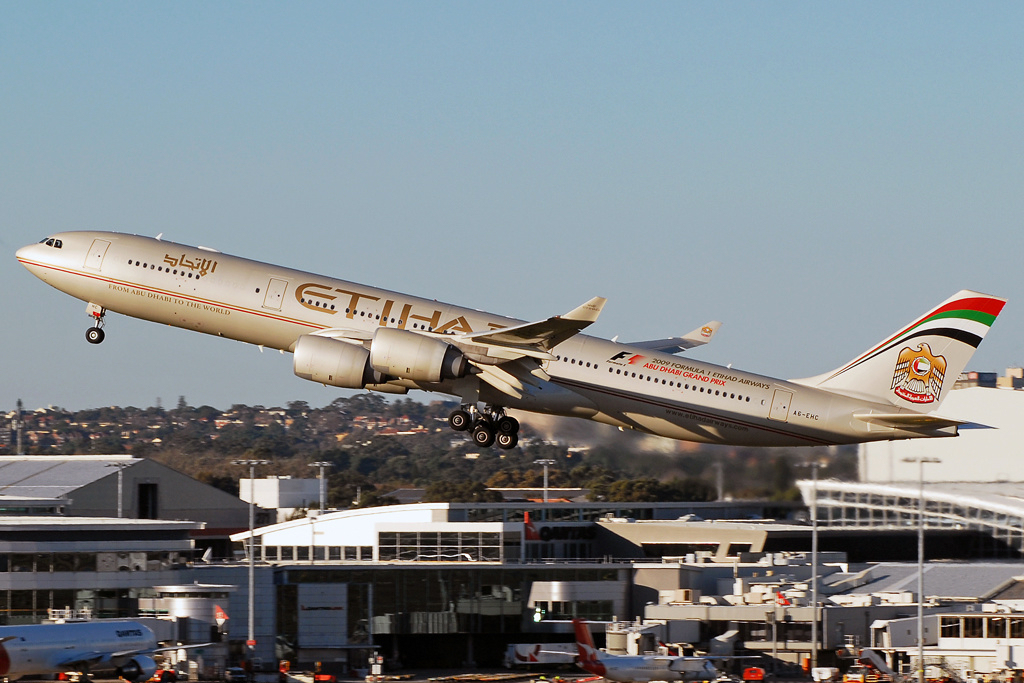
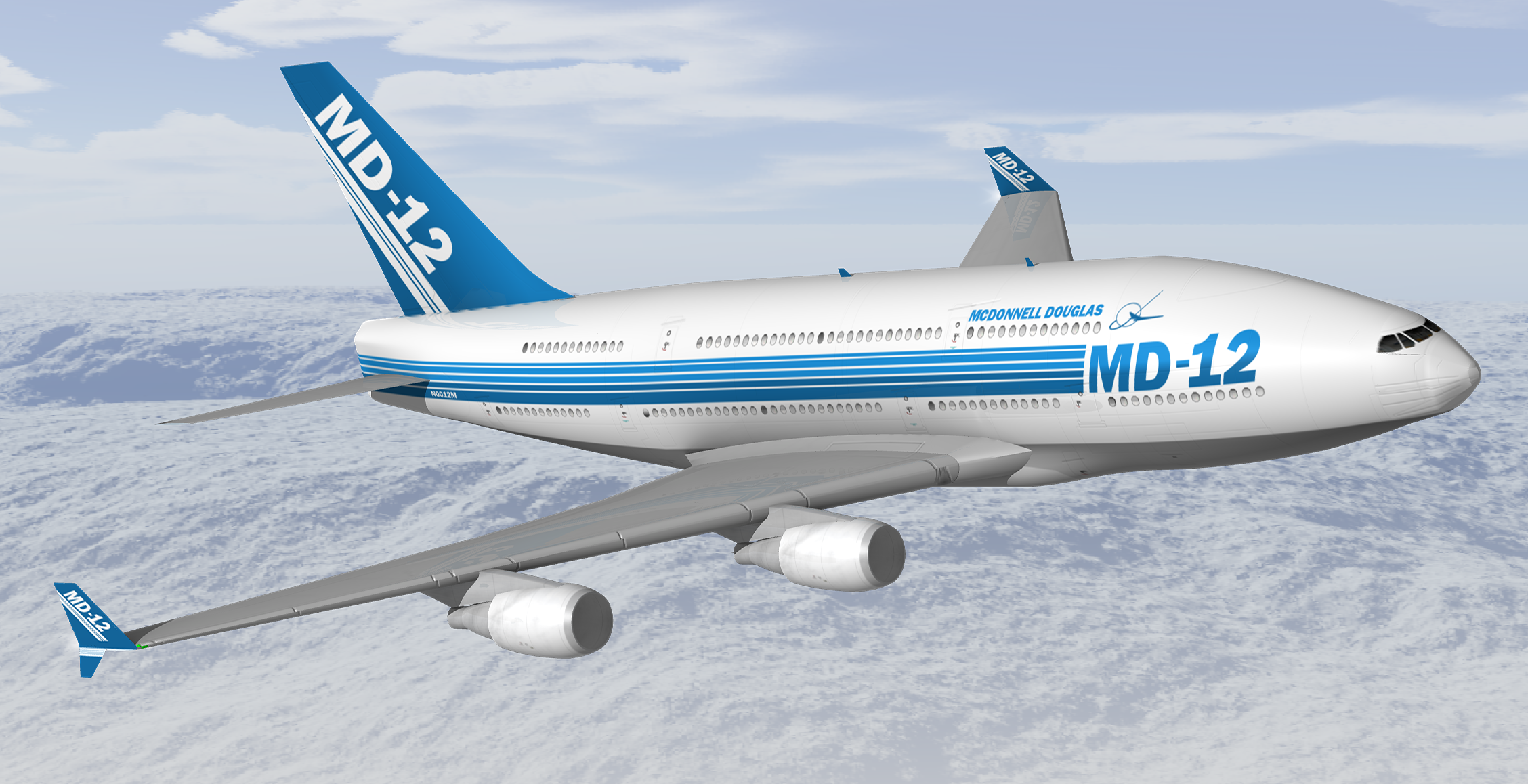
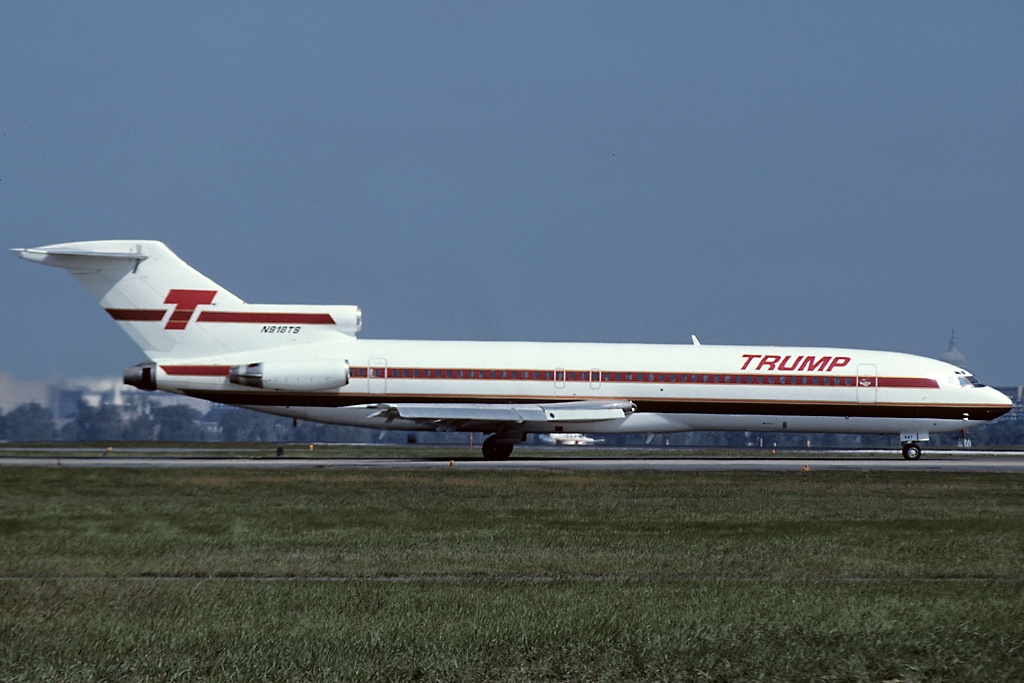

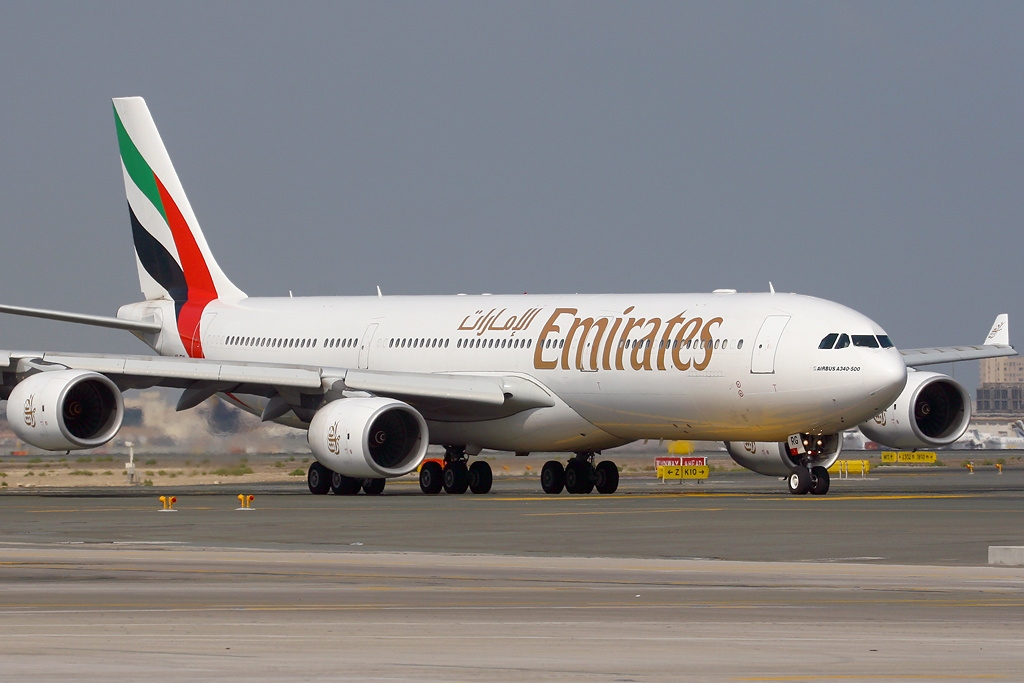


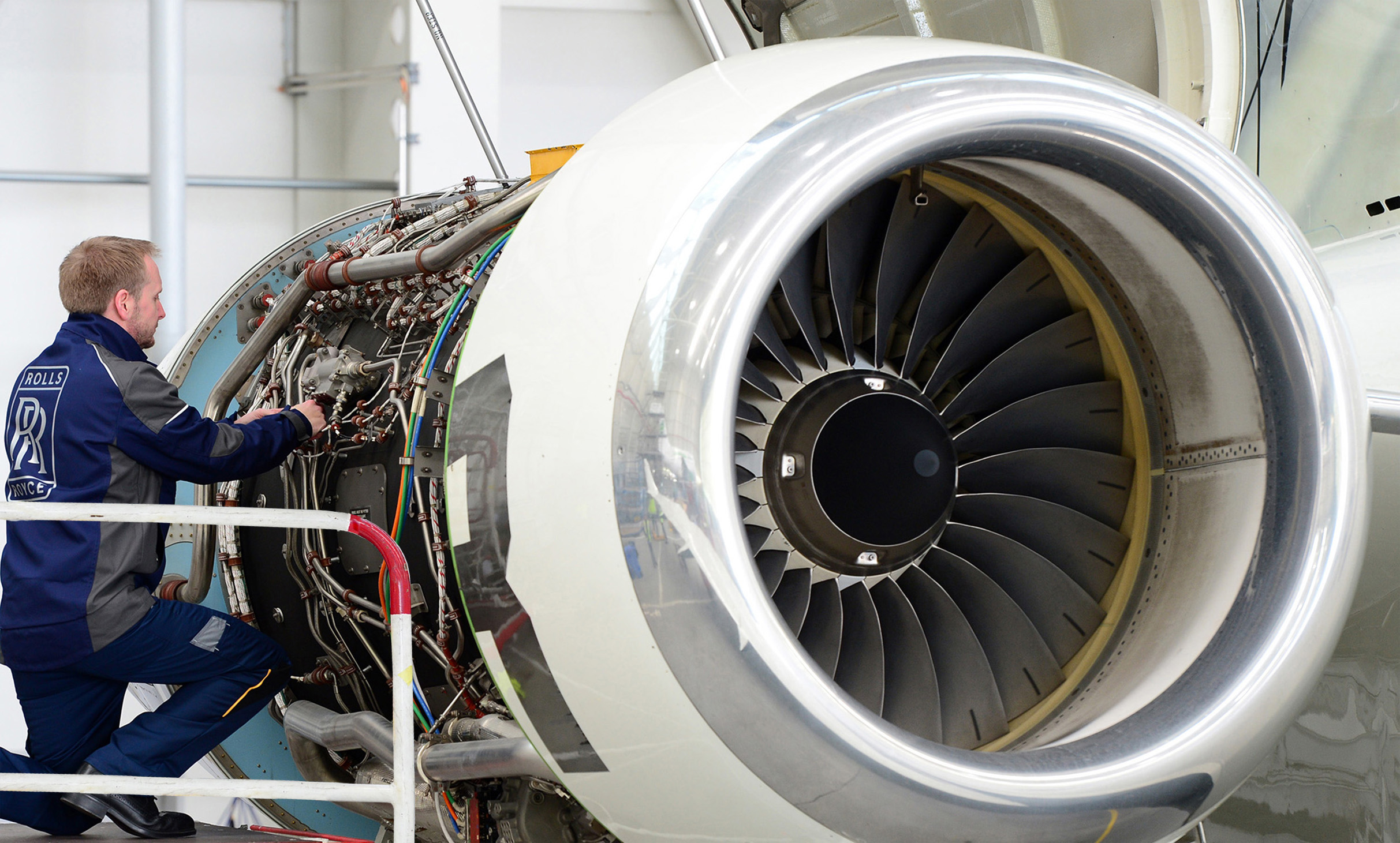
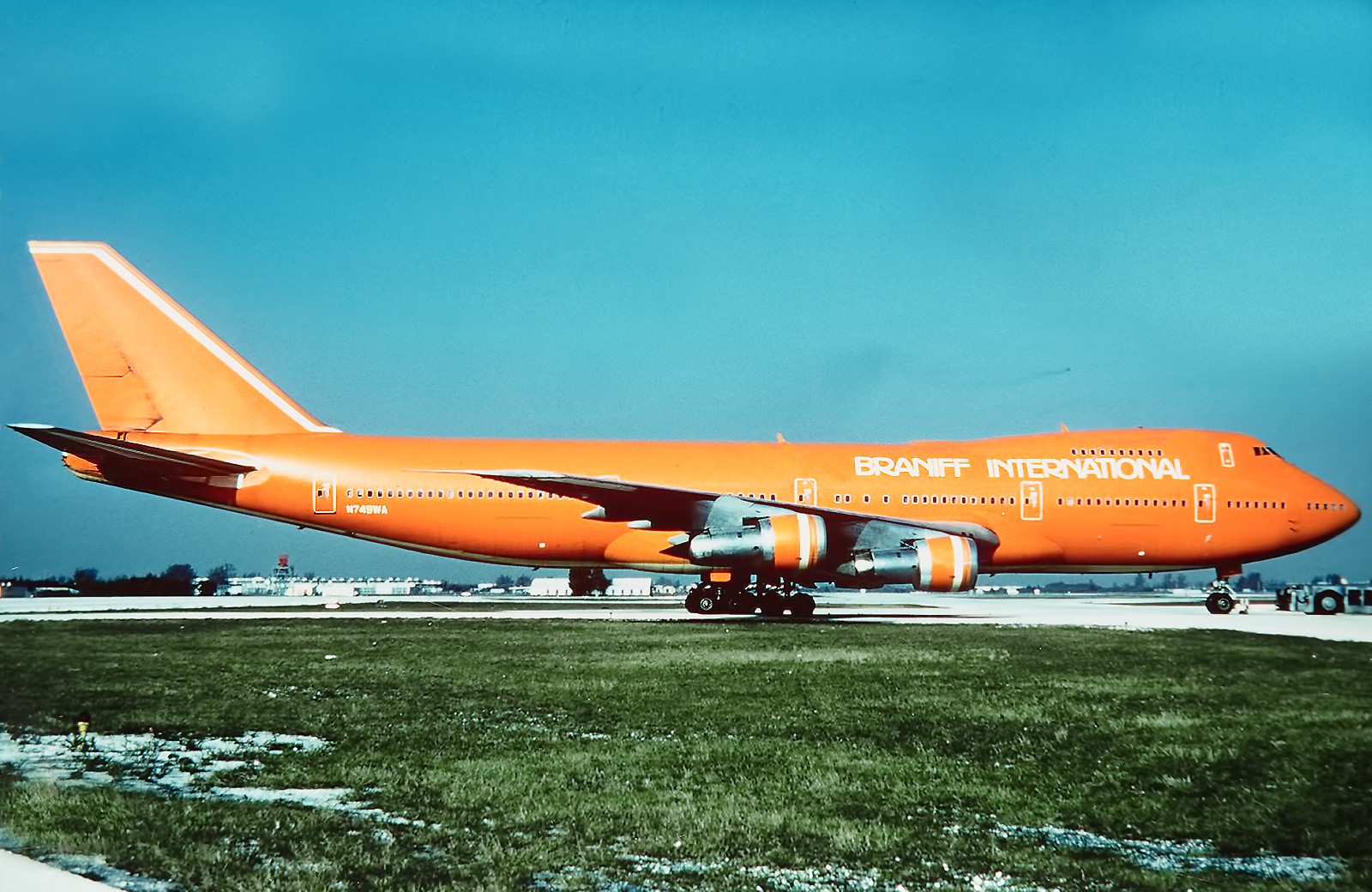
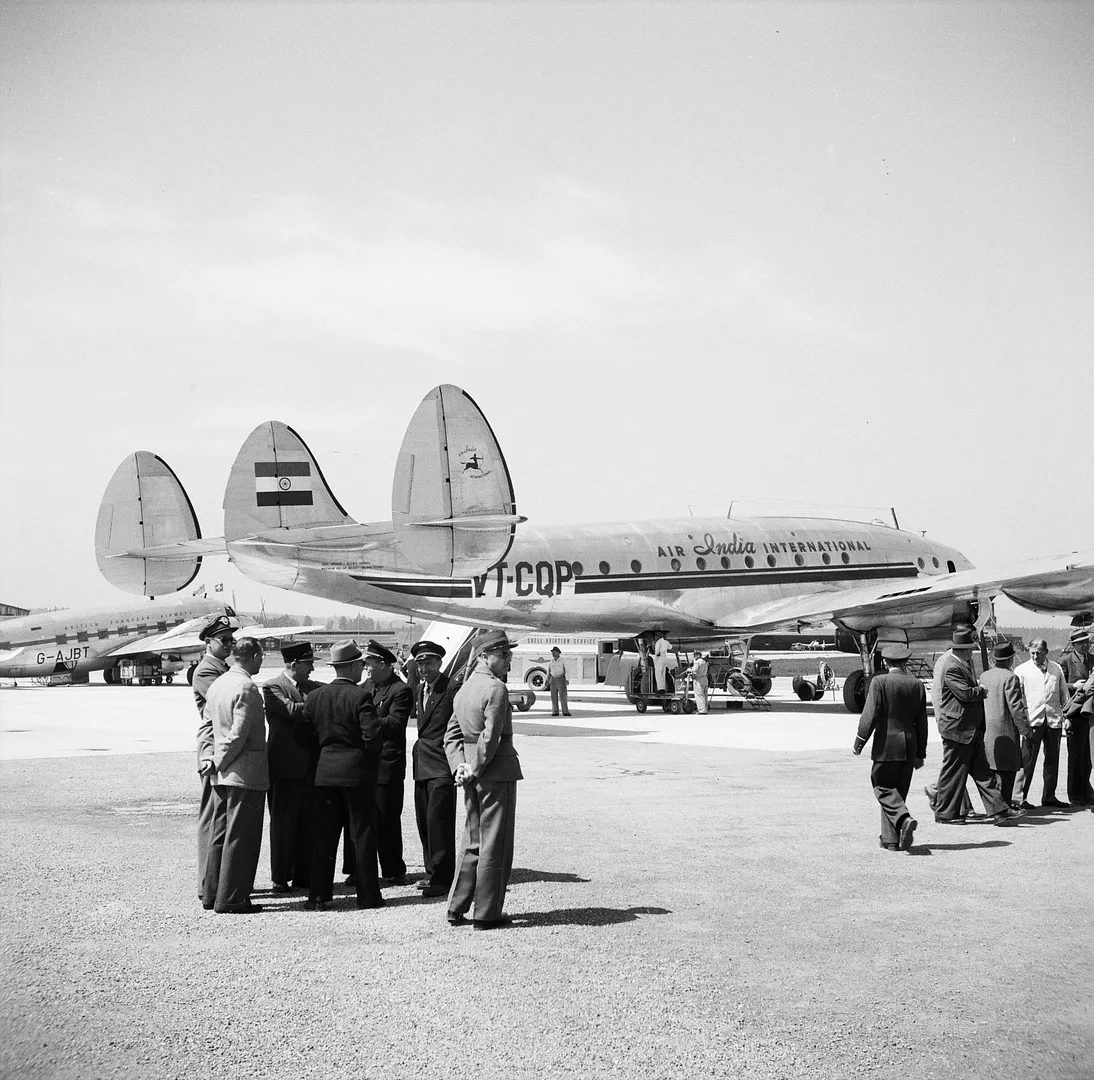



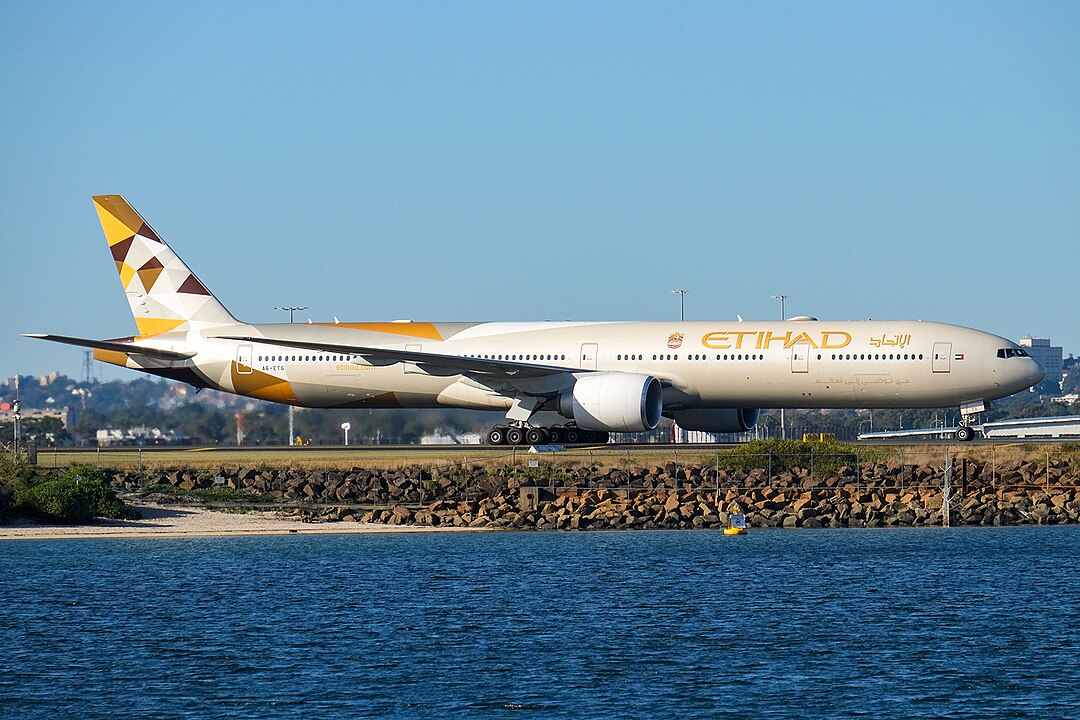
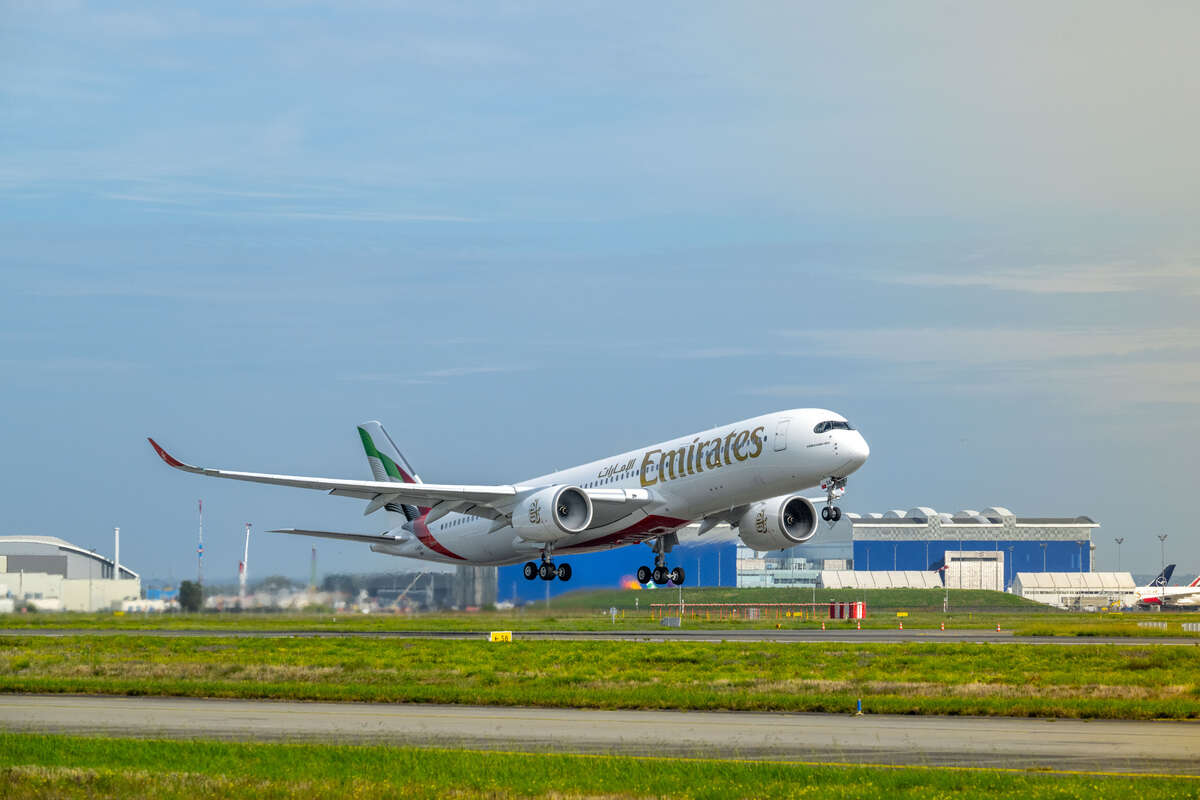
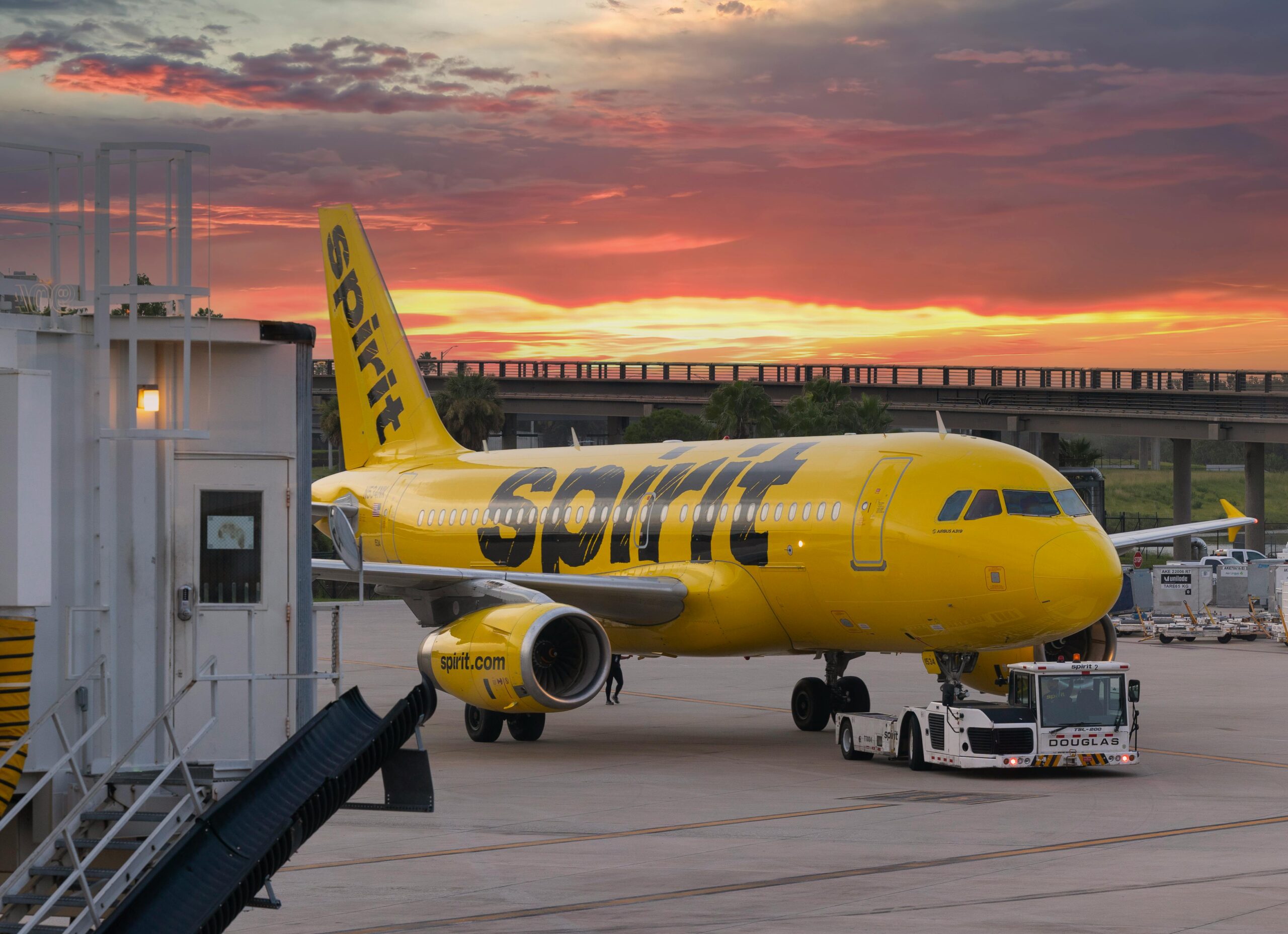
Leave a comment